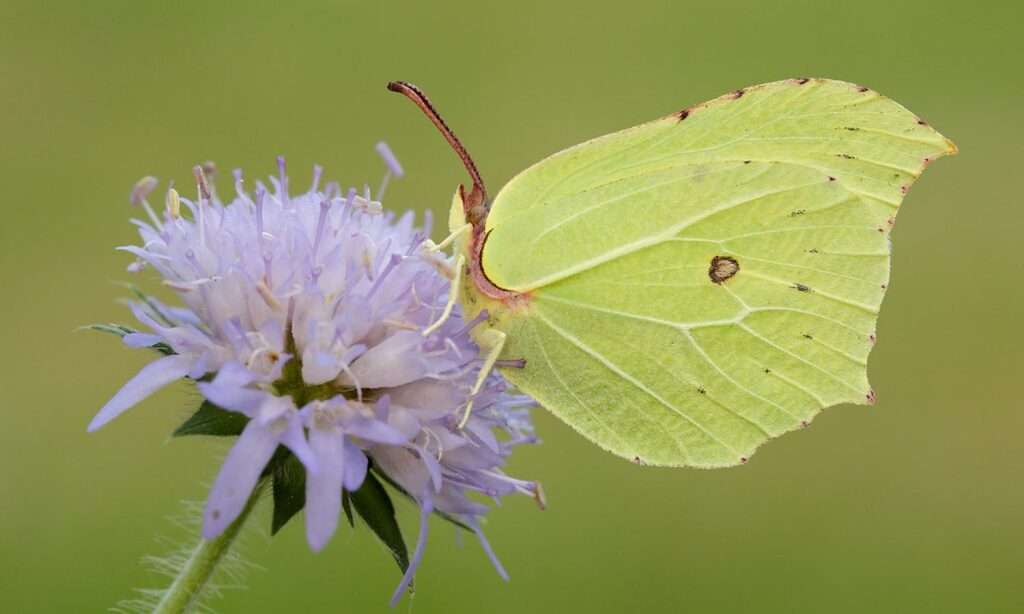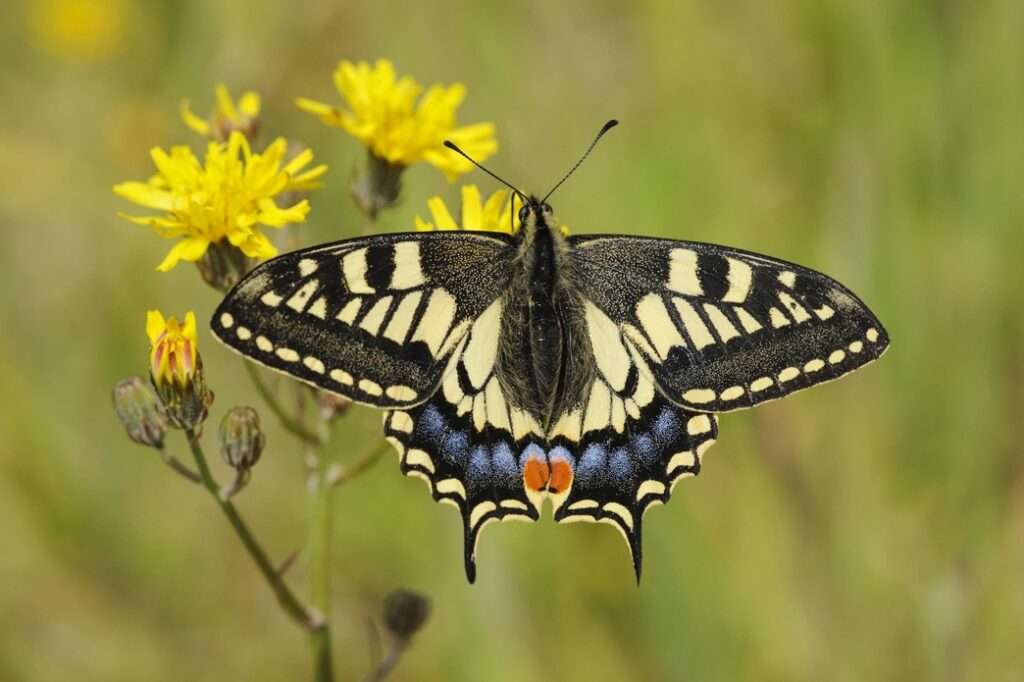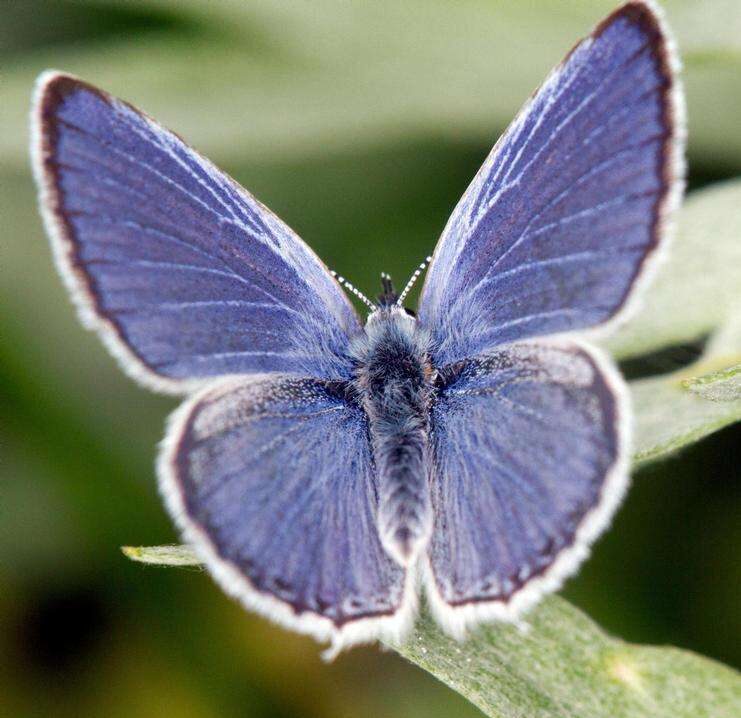
Opisthograptis luteolata is a member of the Geometridae family. It can be found in western Asia and the Palearctic. The brimstone moth lives in meadows, wooded areas, and scrubs.
Amazing Facts
- Brimstone is a nickname for this butter that comes from an old word for sulphur.
- In comparison to many other butterfly species, their lifespan of up to 13 months is thought to be extremely long.
- According to the Northern Ireland Wildlife Order from 1985, these moths are a completely protected species.
- The caterpillars make distinctive hole patterns on the leaves of the host plant as they eat them.
Appearance
The wings of these butterflies are almost entirely solid colors, giving them a very tidy appearance. Their wings have the identical appearance on both sides. The sexually dimorphic male and female are sulphur to cream yellow for the former and white with a very slight greenish tinge for the latter. In contrast to females, males have iridescent dorsal wings that change color under ultraviolet light. A little orange central splotch is present on each wing of both sexes. Actually, this is a fake version of the “fungal spots” that exist on actual leaves.

Diet
Consume nectar. They can get nectar from flowers, such as teasels, that are beyond the reach of many other butterflies because of a lengthy proboscis (sucking mouthpart). They favor purple flowers for drinking, and bluebells are a significant early nectar supply.
Predators
Numerous bird and wasp species prey on G. rhamni, as they do with the majority of forest Lepidoptera. Predation affects both brimstone larvae and adults, who employ strategies including mimicry and protective coloring to escape it.
Habitat
They can be found in expansive gardens, mature hedgerows, sunny forest rides, and wet woodlands. Buckthorn and alder buckthorn are the larvae’s food plants.
throughout the majority of Wales, Ireland, and England.
Keeping as Pet
As a pet Little is known about maintaining Opisthograptis luteolata, also known as the brimstone moth, as a pet.
Table





